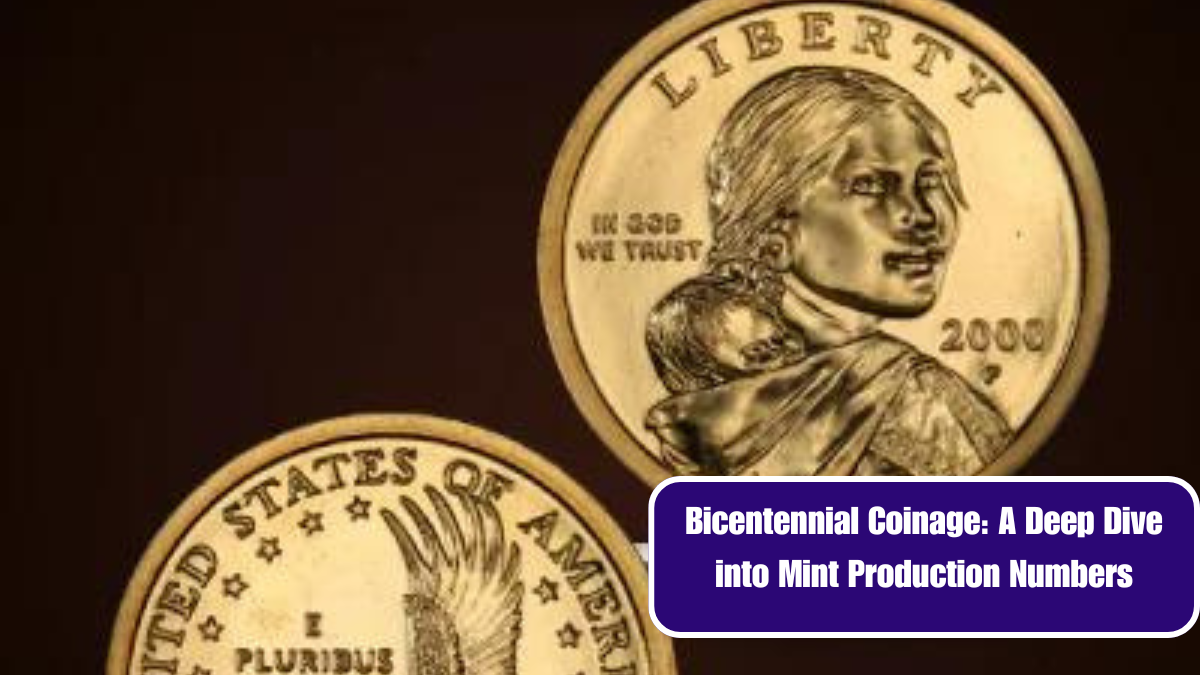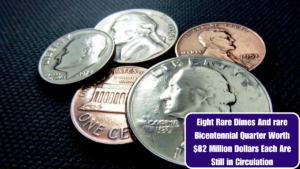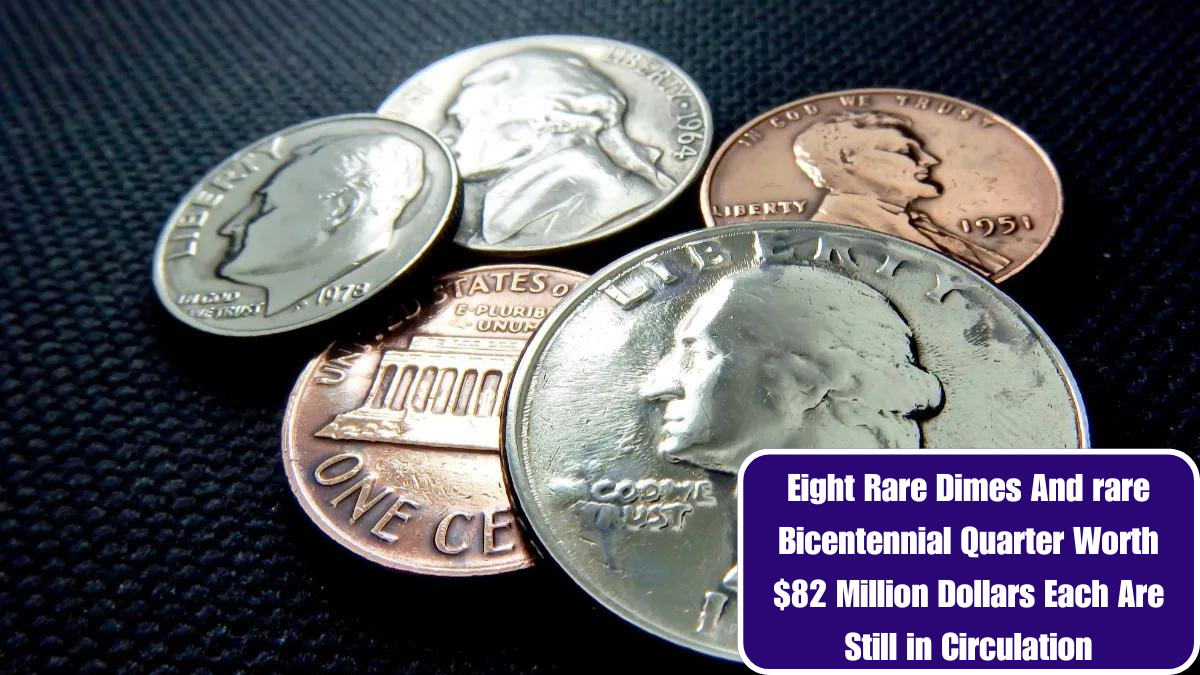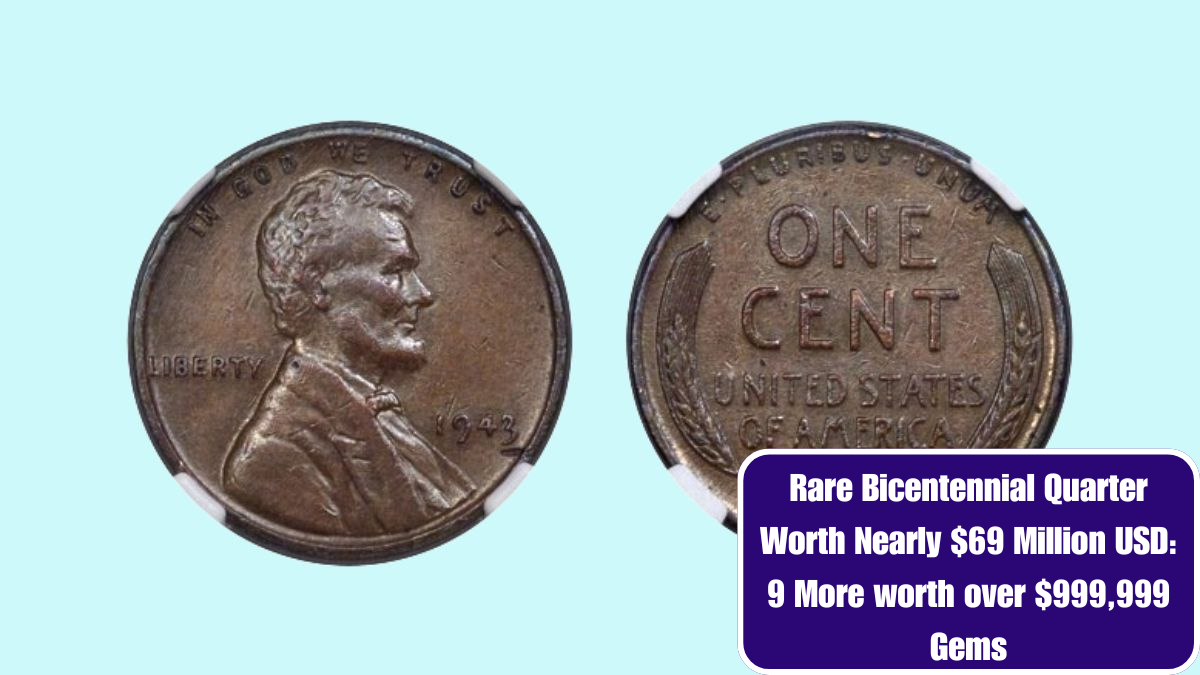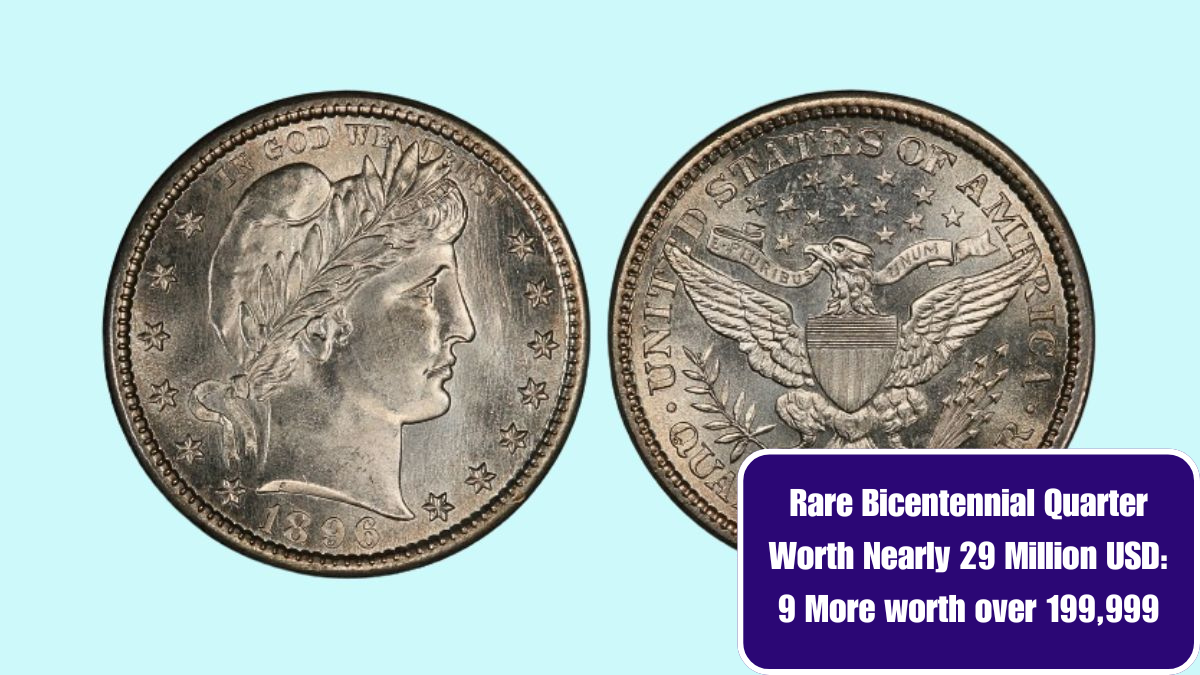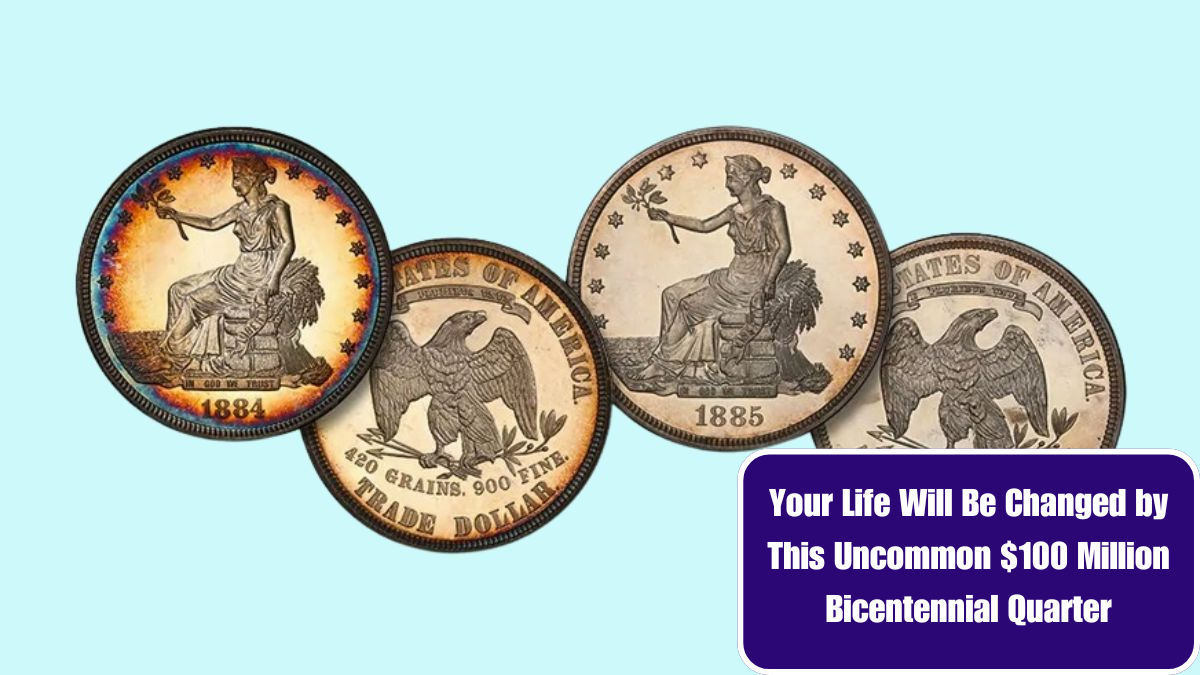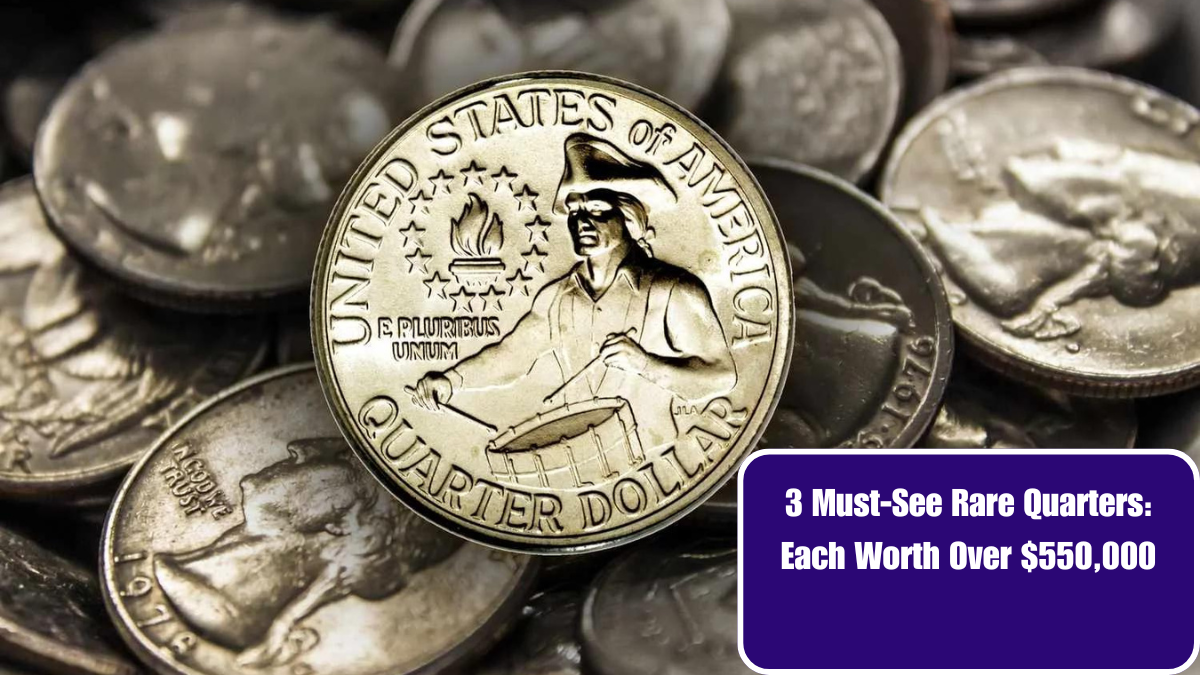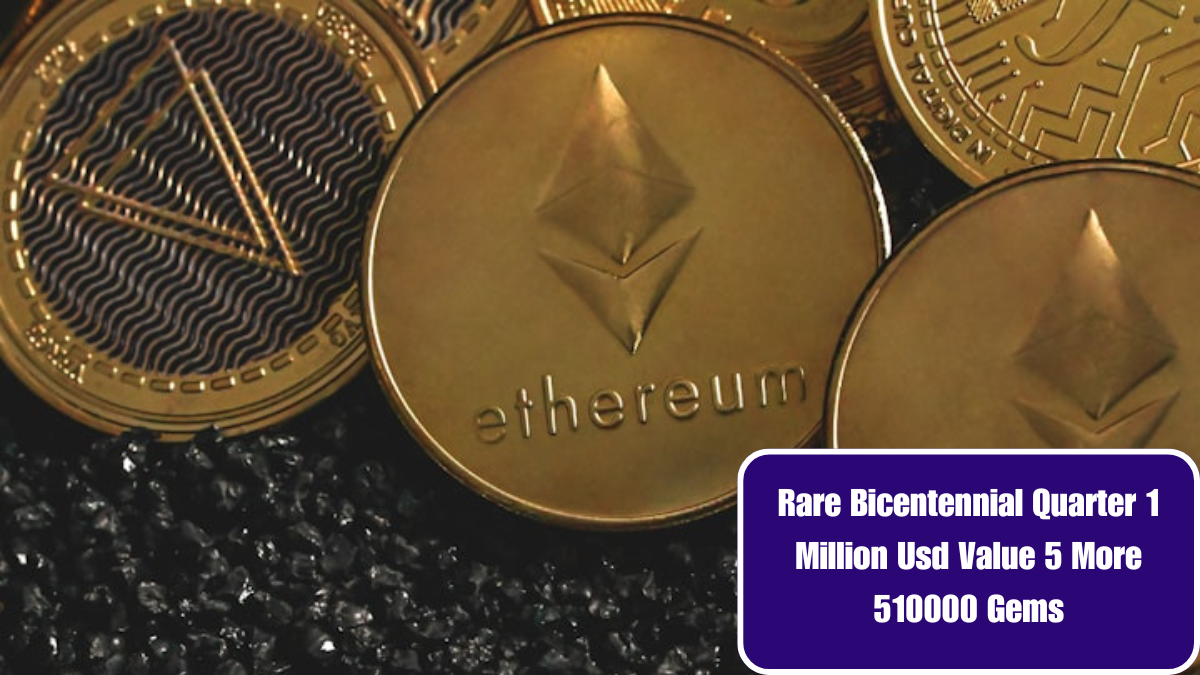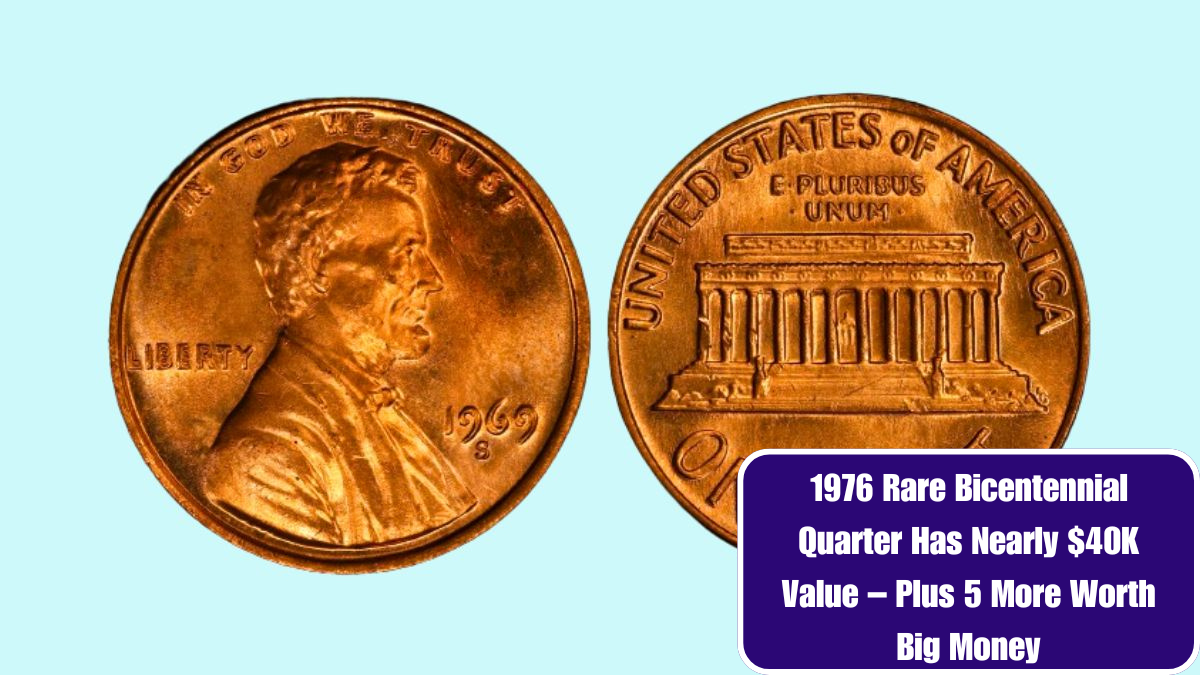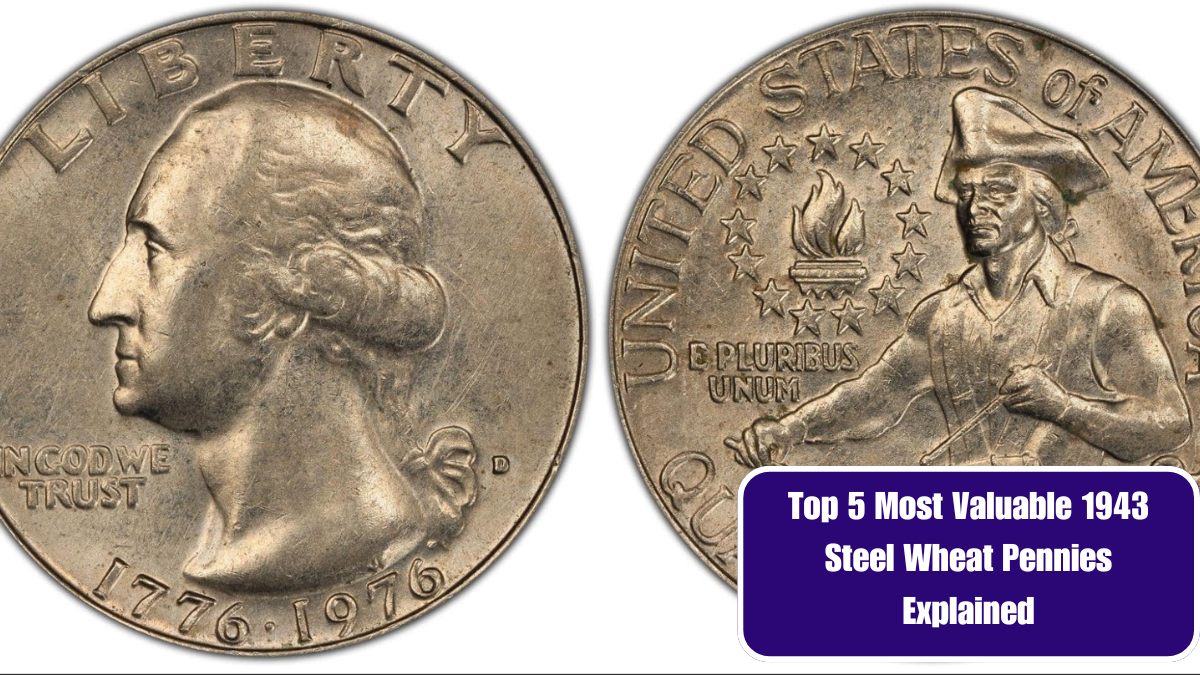In 1976, the United States celebrated its bicentennial with a series of commemorative coinage that have since become a fascinating chapter in numismatic history. The Bicentennial Coinage, which includes the quarter, half dollar, and dollar, was produced to honor the 200th anniversary of American independence. Beyond their historical significance, these coins present a wealth of data for coin enthusiasts and historians alike. This article takes a deep dive into the mint production numbers of these iconic coins, offering insights into their production scale, rarity, and collector value.
The Bicentennial Coins: An Overview
The Bicentennial Coinage was designed to mark the United States’ 200th anniversary with a unique twist: the coins featured reverse designs that were specific to the 1976 celebration.
- Quarter: The 1976 Bicentennial Quarter features a depiction of George Washington with a colonial drummer on the reverse side, designed by Jack L. Ahr. This reverse design replaced the traditional eagle with a depiction of a colonial drummer.
- Half Dollar: The 1976 Bicentennial Half Dollar showcases a depiction of Independence Hall on the reverse side, designed by Gaston D. Ross. This design replaces the traditional eagle, symbolizing the site where the Declaration of Independence and the U.S. Constitution were signed.
- Dollar: The 1976 Bicentennial Dollar was issued in both silver and copper-nickel versions. Its reverse design, featuring a portrayal of the Liberty Bell superimposed on the moon, was created by Seth G. Huntington.
Production Numbers: A Comprehensive Breakdown
1. 1976 Bicentennial Quarter:
The 1976 Bicentennial Quarters were produced in large quantities, reflecting their popularity and the high demand for commemorative coinage.
- Philadelphia Mint: 563,084,000 quarters
- Denver Mint: 548,287,000 quarters
- San Francisco Mint (Proof): 4,000,000 quarters
The combined production of these quarters was a staggering 1.115 billion coins, making them among the most commonly produced coins in U.S. history.
2. 1976 Bicentennial Half Dollar:
The production of the Bicentennial Half Dollar was also substantial, though not as high as the quarter.
- Philadelphia Mint: 116,555,000 half dollars
- Denver Mint: 115,800,000 half dollars
- San Francisco Mint (Proof): 2,500,000 half dollars
The total production of the Bicentennial Half Dollar was approximately 234 million coins.
3. 1976 Bicentennial Dollar:
The Bicentennial Dollar was issued in both silver and copper-nickel versions, with a notable difference in their production numbers.
- Copper-Nickel (Philadelphia Mint): 4,019,000 dollars
- Copper-Nickel (Denver Mint): 3,861,000 dollars
- Silver (Philadelphia Mint): 11,000,000 dollars
- Silver (Denver Mint): 9,000,000 dollars
In total, approximately 27.88 million Bicentennial Dollars were produced, with a significant portion being in silver.
Rarity and Collectability
Despite the high production numbers, the Bicentennial Coinage continues to capture the interest of collectors. The large mintage, particularly for the quarter, means that they are generally not rare. However, certain factors can affect their collectability:
- Condition: Coins in higher grades, such as MS65 or higher, are more sought after. Uncirculated and proof coins, especially those from the San Francisco Mint, tend to command higher prices.
- Errors: Coins with minting errors or unique variations can be valuable. Examples include off-center strikes or unusual die breaks.
- Historical Significance: The Bicentennial Coins hold a special place in American history, which adds to their appeal. Coins with well-preserved details and minimal wear are particularly valued.
The Bicentennial Coinage remains an enduring symbol of American pride and history. With their substantial mint production numbers, they are among the most widely circulated commemorative coins in U.S. history. For collectors, understanding the production figures helps in assessing the rarity and potential value of these coins. Whether you are a seasoned numismatist or a casual collector, the Bicentennial Coins offer a rich tapestry of history and data to explore.
